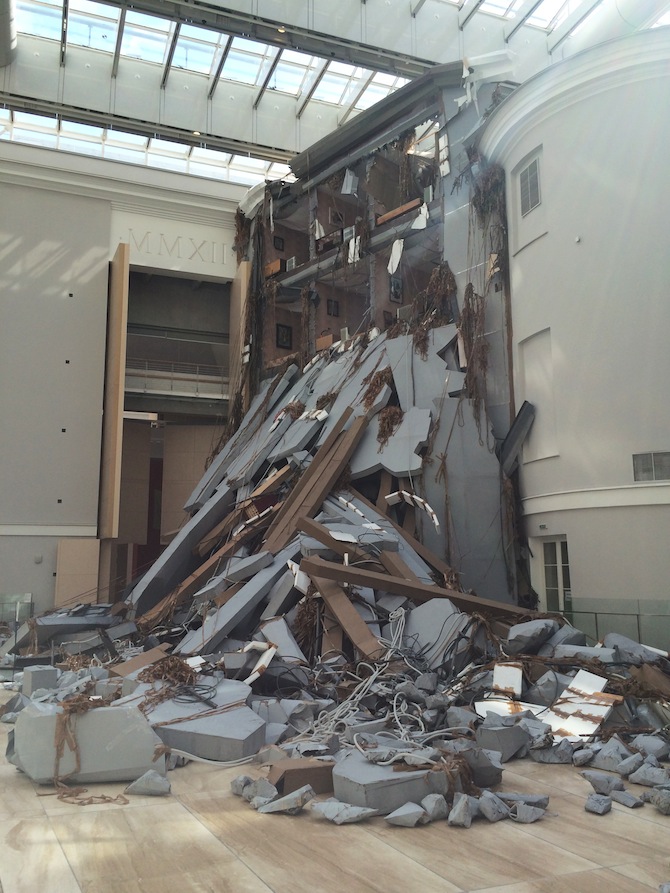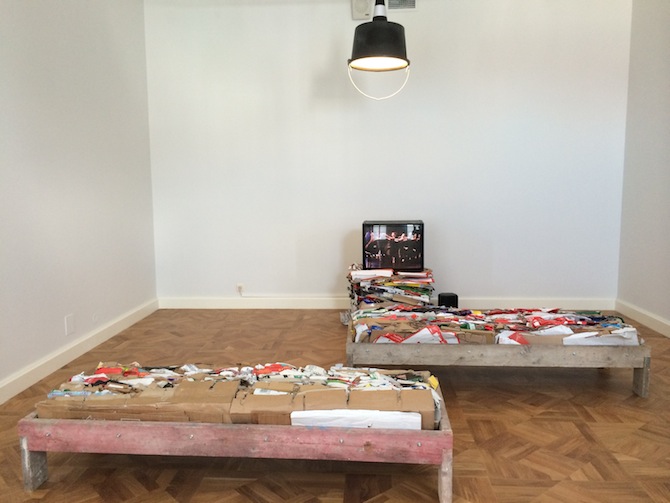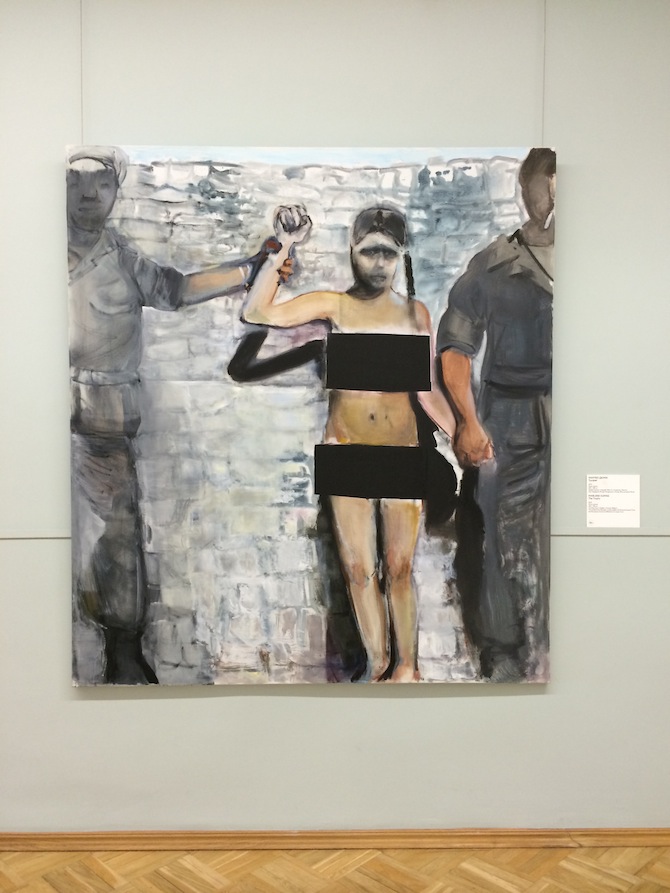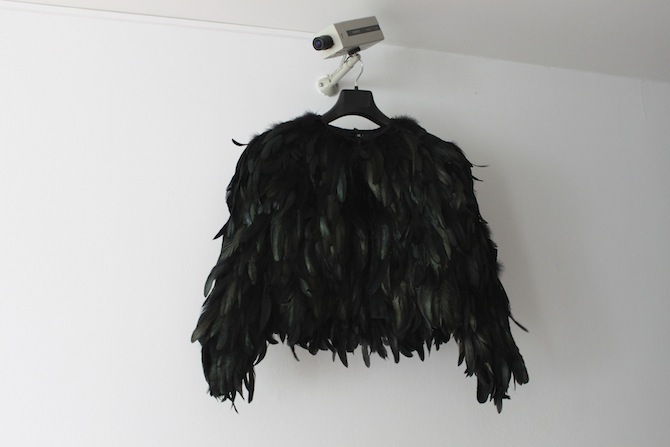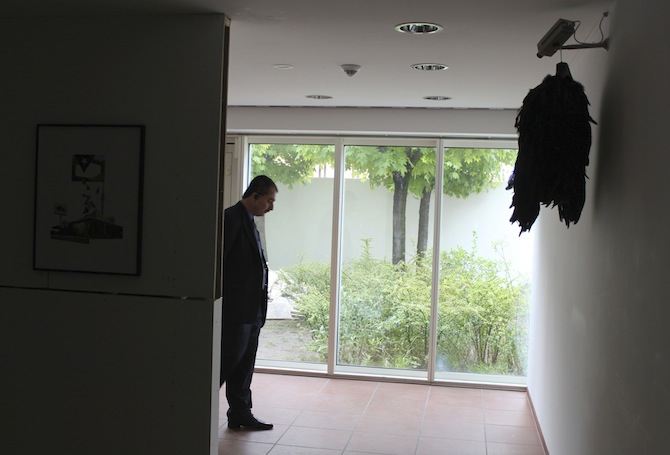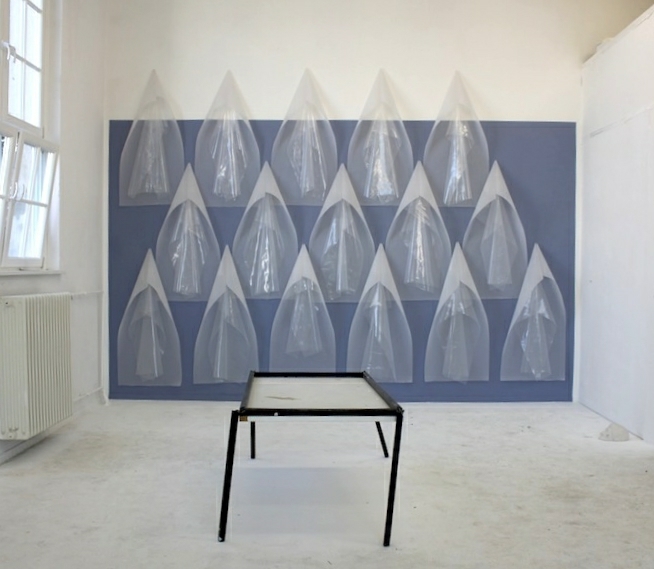 Mark Corfield-Moore (wall object) and Moritz Nehrkorn (sculpture), Klasse Neugebauer
Mark Corfield-Moore (wall object) and Moritz Nehrkorn (sculpture), Klasse Neugebauer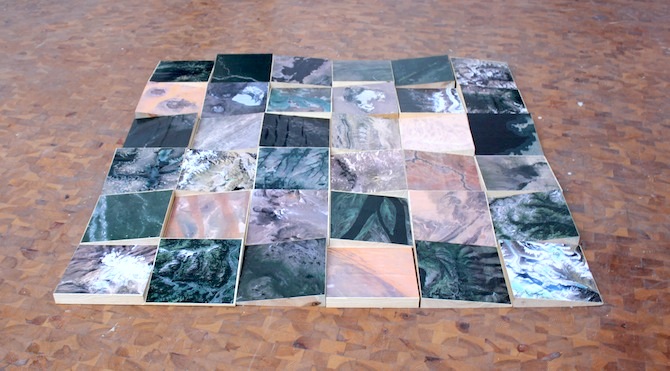 Andreas Foncerrada, Klasse Lewandowsky
Andreas Foncerrada, Klasse Lewandowsky  Lisa Peters, Klasse Möbus
Lisa Peters, Klasse Möbus
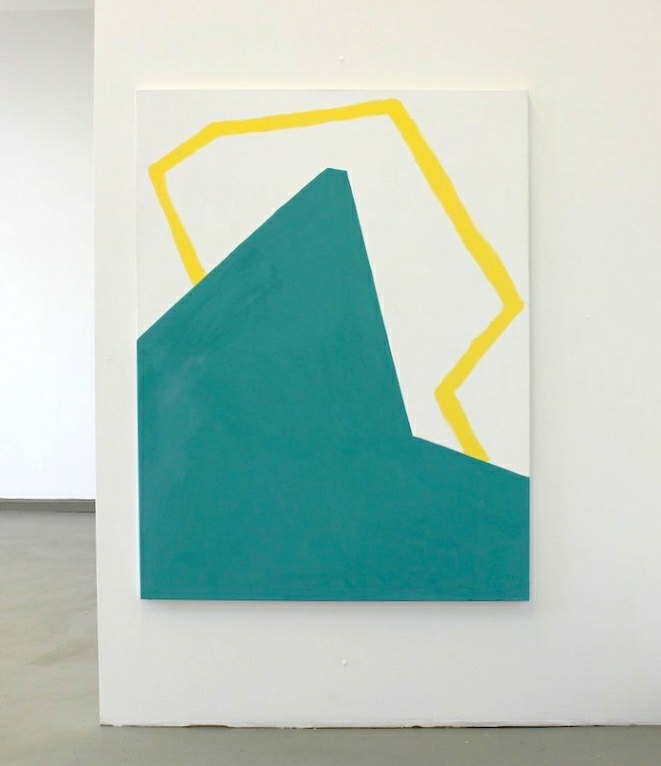 Gary Schlingheider
Gary Schlingheiderall works courtesy and © the artists // photo credit: artfridge.de
How does art reflect current politics? When are old trends replaced by new ones? What do young artists expect from the effect of their work on the spectatorship? Which art is, and which art will be interesting for the market? When hoping to find the slightest answer to any of these questions one of the best places to observe future tendencies are degree shows from art academies. The current Rundgang at UDK (Universität der Künste) in Berlin, for example, offers a pretty interesting overview on what young Berlin-based artists are interested in.

